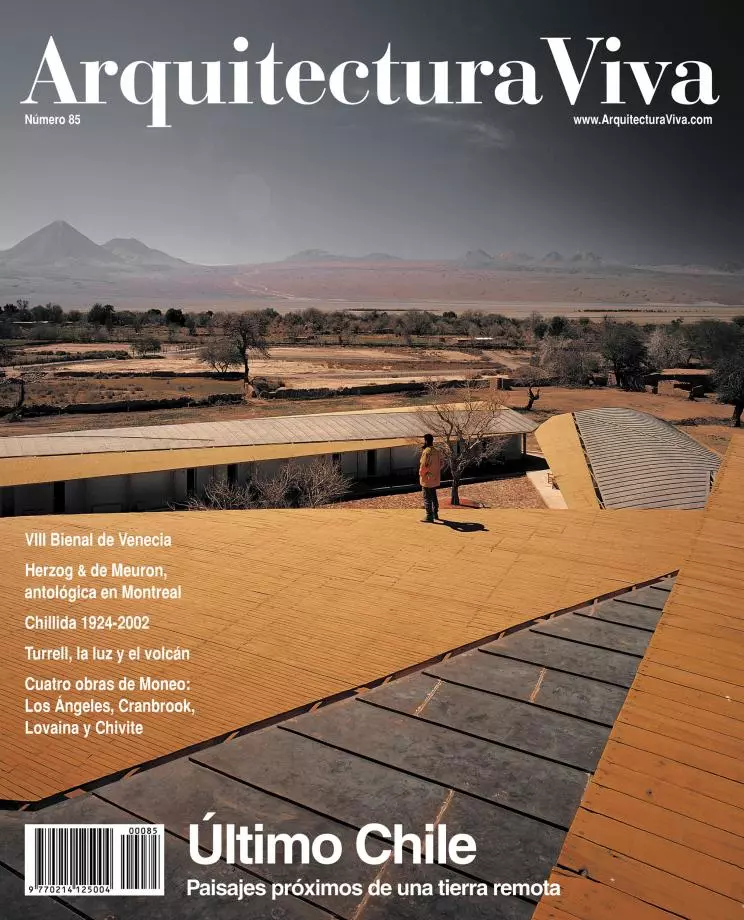
Chile is a geographical oxymoron. From the desert to the floes, this endless country slithers by the meridian to reconcile fire and ice, sliding between the Andes and the Pacific with the confidence of one who acknowledges being both cordillera and ocean. Remóte in space and cióse in time, from Spain it is perceived as the last south and the nearest history, having lived its own 11 September at the end of our own dictatorship, and having followed its democratic restoration with the impatient emotion of those who have also experienced a peaceful transition towards political freedom. After the fragüe populist and lay republics of Azaña or Allende, the solid military and Catholic regimes of Franco or Pinochet established the fraternity of those who are familiar with the tragic disorder of hope and the totalitarian order of submission, and the building of today’s market democracies rejuvenated with economic fuel the feeble structure of cultural ties.
Also in this symbolic field Chile combines extreme ingredients, mixing local substance and imponed forms with the ease shown by the latest architecture, where the tactile materiality of copper or wood and the long breath of wide horizons are shaped in the cosmopolitan container of metropolitan canons to compose a landscape at once peripheral and central. As in the traditionalist and experimental Spain of the eighties, the Chile of today extracts its lure from its condition of threshold between two worlds, on its joumey from involuntary isolation to conventional globalization. When in 1973 the army bombed the Palacio de la Moneda - generating the coup’s architectural icón with the smoking image of the Presidential Palace - it destroyed a building which was Chilean and foreign, raised with local labor and European plans, vernacular stone and Basque ironwork brought from Cádiz by an Italian at the Service of the Spanish crown.
In El sueño de la historia Jorge Edwards has narrated the austral adventure of that architect, Joaquín Toesca y Ricci, interspersing the portrait of colonial society with that of contemporary Chile, and his tender, ironic gaze illuminates the current debate more accurately than the passionate abysses and peaks of Pablo Neruda (with whom he shared diplomatic destinations, but not the manie de batir that produced the houses of the poet, so arduously phenomenological as the beach Merzbaus of Ciudad Abierta). The intellectual and sentimental heritage of the country of Lagos and Lavín brings together the surreal avant-gardism of Vicente Huidobro and the emotive academicism of Gabriela Mistral, the cosa creada and the cosa cantada, and perhaps only the metaphorical marriage of Altazor and Lucila Godoy can give birth today to the paradoxical spirit of a nation oxymoronic in its territory, but also in its history and culture, which from the last West exports nourritures terrestres and elementary odes to a Europe of dusty and amnesic sybils.





